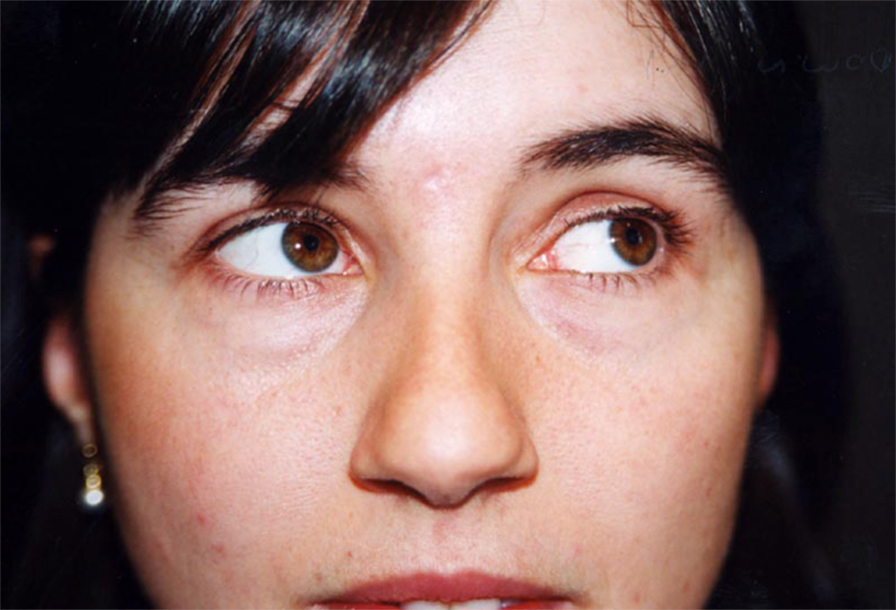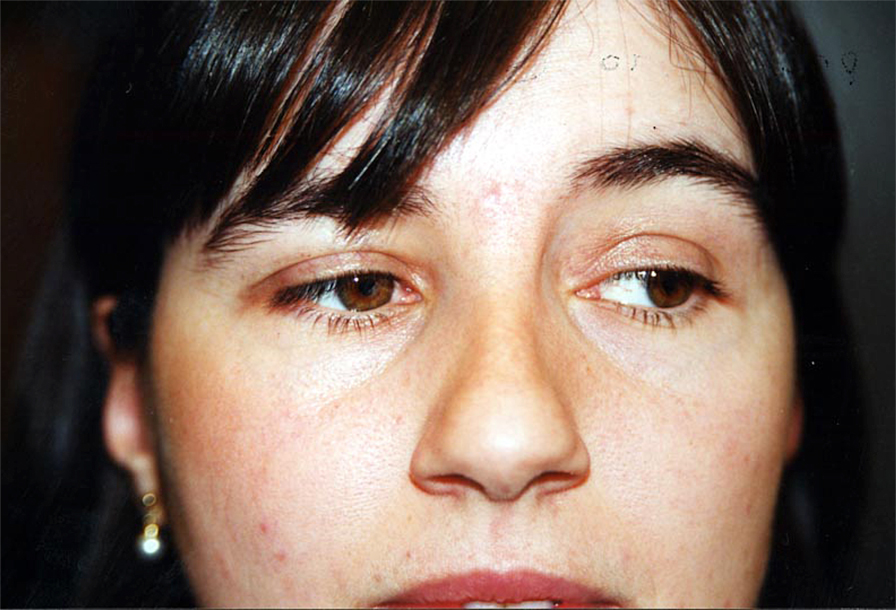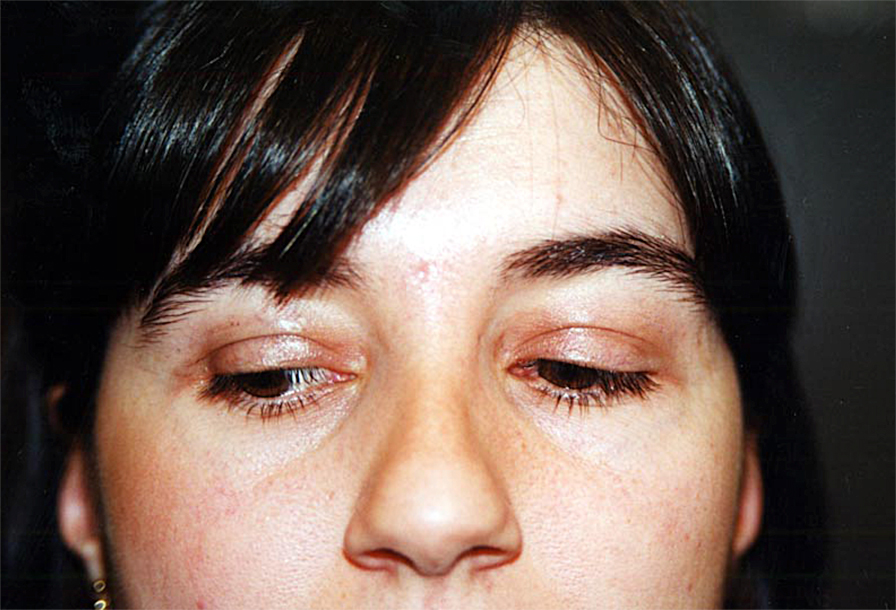
Let’s say you are talking to another person and this is what you see across from you:
Video 1.8.1

R1.8.1 Please describe your reaction in the box below. Does it bother you that he is not looking you in the eye? Do you think this person is listening to you? Can he be trusted? Why do you think he is sometimes looking up?
![]()
The sensory preferences we discussed in the preceding Segment 1.7 may express themselves by accompanying subconscious eye movements/position. Subconscious eye movements are hardwired and transcultural and should not be misinterpreted as bad intentions. An averted gaze does not necessarily mean the person is not listening or wants to hide something—to the contrary, it could mean that this person is listening particularly well using the sensory preference system he/she is most connected with. Particularly when under stress, there is a tendency to adhere more rigidly to one’s sensory preference.
Subconscious eye movements have been found to be associated with specific mental activities (movements refer to communication partner’s right and left):
Eyes up and to the left: recalling imagery or accessing from memory content in general; seen in persons of any sensory preference, but most pronounced in a visually anchored person. In Video 1.8.1 the listener sometimes moves his eyes up and to the left when he connects something he is being told with a memory.
Figure 1.8.1

Eyes up and to the right: visualizing about what to do next in a visually anchored person or, in general, constructing imagery or thinking about what the answer or next steps would be.
Figure 1.8.2

Eyes at the same level of the gaze and to the left: remembering auditory experiences. You saw a lot of the horizontal moves in the video clip—the topic of conversation was music. A person who is strongly auditorily anchored will predominantly use horizontal eye movements regardless of the topic—and not look at you. That doesn’t mean this person doesn’t listen—to the contrary, this is how this person listens the BEST—by connecting what you say with his or her auditory filing system in their brain. This can be unsettling for conversation partners. The key is not to make assumptions about the level of interest of such a conversation partner or assume the person doesn’t like you.
Figure 1.8.3

Eyes at the same level of the gaze and to the right: constructing sounds, putting something into words.
Figure 1.8.4

Eyes down and to the left: awareness of body sensations, checking out feelings; memory of how something was/felt, most common mode in persons with strong kinesthetic preference. In Western culture this may be interpreted as “avoiding the gaze” or having something to hide. Again, as a conversation partner, the key is to not become unsettled and assume the worst.
Eyes down and to the right: talking to oneself, having internal dialogue; also strongest in persons with kinesthetic preference.
Summary: Access to memory is associated with eye positions on the left; constructing content and thinking ahead with eye positions to the right. Visually anchored persons tend to look up; auditorily anchored persons tend to favor a horizontal gaze, and kinesthetically anchored persons tend to look down. Additional features may be faster talk with higher pitch for persons with visual preference; cocking the head and possibly keeping a hand up such as in a “telephone” position in persons with auditory sensory preference, and slower speech in kinesthetically anchored individuals.
To remember: Particularly when under stress, people tend to adhere more rigidly to their sensory preference. That is when it is important to be aware of one’s own preferenecs and to adapt to the patient’s preferred mode. In non-stressed conversations communication partners often tend to adapt to each other’s preferences and that happens without thinking too much about.
Also keep in mind:
Staring into someone’s eyes may not be acceptable in some cultures.

Q1.8.1 Let’s say you are sitting with this person. Video 1.8.2 captures what he is saying and his eye movements. What would be your best answer in a small talk setting?
Video 1.8.2
a. I would just love to see you in one of these shows.
b. What you say. That sounds pretty interesting.
c. I gotta go to one of your performances and take it all in.
d. Mostly parking sucks. With that spot at least you don’t have to swallow it all.
e. Well, isn’t the whiff of celebrity ever so sweet.

Please email us any comments you might have on this Segment:
info@comforttalk.com
Proceed to Segment 1.9 using the navigation on the left.